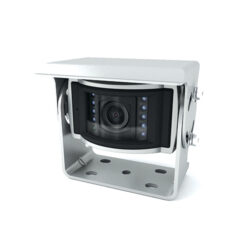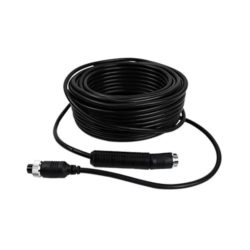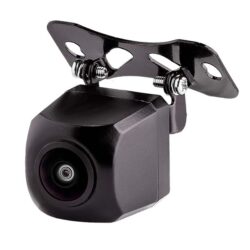The first ever self-driving semi-truck has been released onto the world and employs numerous cutting edge technologies that allow this behemoth of a vehicle to navigate the roads completely free from human intervention. While this revolution in human ingenuity is available to researchers and scientists it is not yet an option for the everyday businessman and we must be content with tidbits of this highly advanced technology such as reverse camera systems that allows these trucks to successfully navigate when reversing.
Even if you are a highly experienced truck driver and have logged hundreds of miles behind the wheel you know that there can be situations that you cannot control. For example, you may have surveyed the area where you are scheduled to unload, made certain all obstacles were identified and moving objects secured so that you can back securely but it only takes one person who is unaware to step into the field of operation and you risk severely injuring or damaging a person. Because you cannot entirely control the environment where you work, this is why reversing cameras are so important even to the most vigilant drivers.
It only takes one second for a catastrophic accident to take place and rather than live with the constant guilt and self-doubt wouldn’t it be better to equip your fleet of truck with these valuable safety tools?
Reversing cameras prevent injury
Reversing cameras will give your drivers a real time view of the rear portion of the truck and allow you to successfully maneuver even into the most difficult locations. Throughout each maneuver your drivers will be able to view all areas around the truck in particular the troublesome blind spots where most accidents will occur allowing the driver to avoid accidents, injuries and possibly fatalities.
The future is available today even if your fleet budget cannot afford the fully automated driving capabilities of a self-driving truck. Consider installing reverse cameras in each of your fleet trucks to protect your trucks and your assets when they are in the field doing their jobs as safely as possible.








































